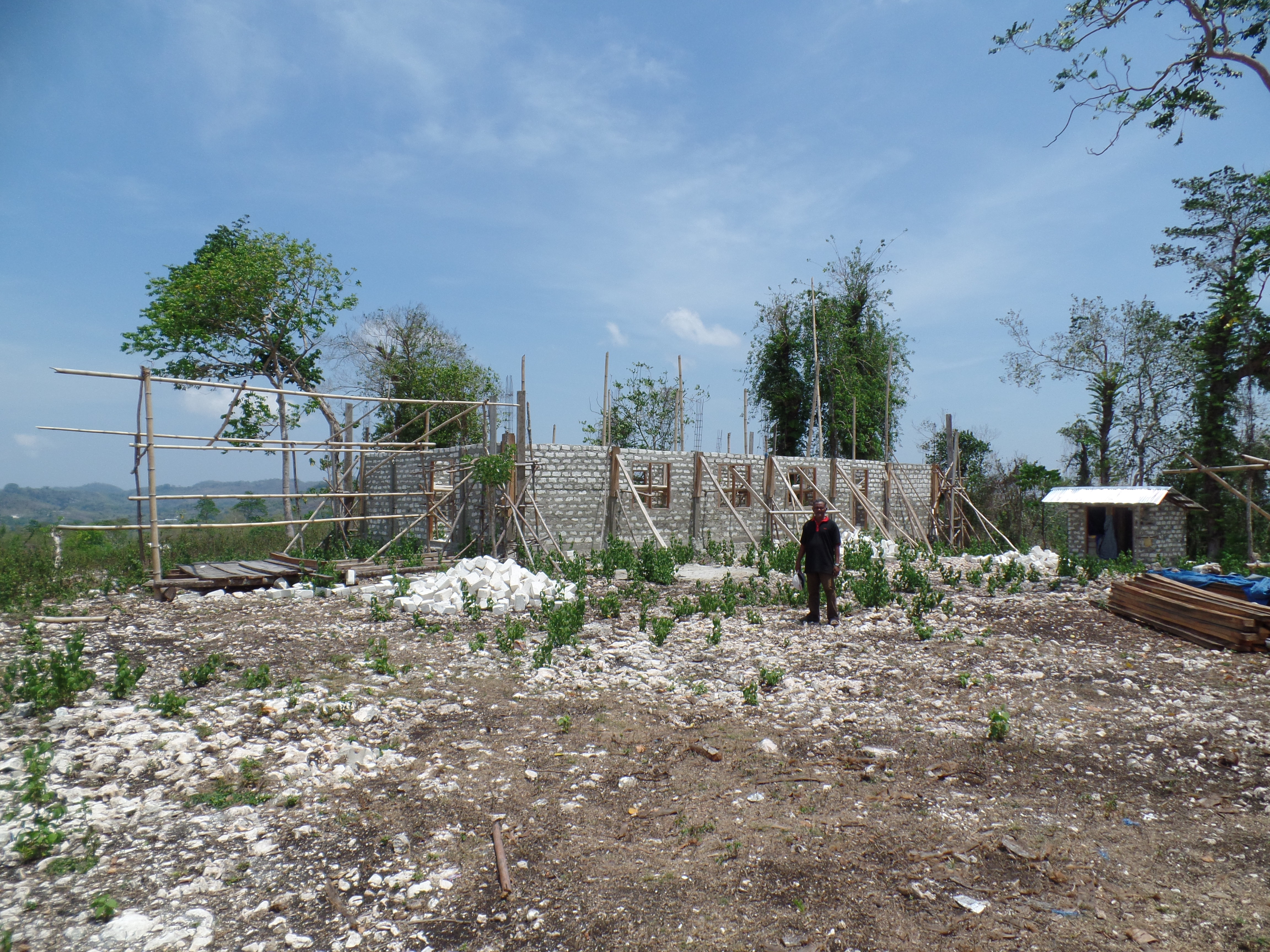Indonesia’s new Village Law has been hailed as a game-changer for rural areas and people. But a long-term view shows that it may not deliver all that it promises, writes Jacqueline Vel.
In a recent New Mandala article, Hans Antlöv, Leni Dharmawan and Anna Wettenberg ask whether Indonesia’s much celebrated village law has lived up to expectations?
As they explain, the Village Law is an effort to shift power from Jakarta to its regions – putting authority in the hands of more than 74,000 villages as part of a decentralisation process that commenced in 2001. With its vast budget the law has the potential to change rural Indonesia. The big question is: what kind of changes?
Since the enactment of the law in 2014 there has been much discussion about how its impact should be measured.
For example, a report of the Ministry of Villages concentrates on how the village funds are being spent, concluding that embezzlement is only happening incidentally. Another report, from the Asian Development Bank, focuses on the transition from the prior PNPM, or National Empowerment, program to the implementation of the Village Law.
And research by the World bank and SMERU observes how the first two years of the implementation affects village governance, and whether the embodiment of good governance principles (participation, transparency, and accountability) can be translated into managing the village resources in an accountable manner to benefit the general community.
But while raising important questions, these discussions only focus on how the law was designed and what it ideally should accomplish. We all know that the reality might be different. Large changes like establishing village democracy will not likely occur overnight.
This means we need to ask more questions.
What is the context of the Village Law? What are the ongoing processes of change in which this piece of legislation intervenes? What are the assumptions in the law about people’s behaviour, and what do we know about that from previous research?
With these questions in mind, in May the Royal Netherlands Institute of Southeast Asian and Caribbean Studies (KITLV) held a workshop in Leiden, ‘New Law, New Villages? Changing Rural Indonesia’. Thirty researchers presented their papers. From these talks, there are some clear take home lessons.
First, the Village Law seems inspired by two main images of the village. One is the romantic version of the closed corporate community of shared values, mutual help and harmony. The other is the image of the village head as a benign father.
Both visions tend to produce a lack of control and accountability instruments. Historical studies on the village in Java have been the source of inspiration for these two images.
However, the perspective of village inhabitants is usually different. For example, the desa (village) is an administrative unit providing services, and the village head and his assistants are the small elite deciding on how to spend the budget.
This internal perspective shows social and class differentiation, with potential for power imbalances, conflict and politicisation. The question then becomes, how will conflicting interests between groups within the village affect the implementation of the Village Law?
Second, if we only look at the short-term, the new Village Law seems like a dramatic change in policy. But, within a longer historical context, we can see a ‘swinging pendulum’ in policy-making between more autonomy for villages and more state control.
A historical perspective also draws attention to the long history of clientelism, and misuse of power, which contradicts the romantic image of the village.
Providing a law that creates democratic village institutions will not be sufficient by itself for diminishing power imbalances in the village. The poor and marginalised will not benefit from Village Law reforms and funds, as long as village elites do not provide information and access to decision-making. The powerless can only afford to abandon their patrons if there is a steady, lasting and reliable alternative.
In fact, some researchers have found that intermediaries are still important for the poor in gaining access to public services; meaning that the poor might benefit more from reliable mediators or representatives, than from direct participation in village decision-making meetings.
Another point of discussion was that the lawmakers assumed that the large village fund (dana desa) will bring prosperity to rural areas and reduce poverty. However, there is no analysis of the causes of poverty. These might be beyond the powers and territory of the villagers, and hard to solve with just an annual village budget.
If we concentrate on the village economy, we lose sight of higher levels of government and the larger economy in which the village economy is situated. For example, in state-dependent economies with few opportunities for local economic activity people would rather invest in educating children hoping they will be state employees. In such situations administrative fragmentation (pemekaran desa) flourishes.
Where tourism, industry or plantations dominate the economy, these conditions determine how people react to the village law’s opportunities.
The power of the district government is another factor limiting village autonomy. The district should approve planning documents and financial reports that villages make to account for their activities. Without approval there is no next village fund disbursement.
Jacqueline Vel is researcher at the Royal Netherlands Institute of Southeast Asian and Caribbean Studies (KITLV) and the Van Vollenhoven Institute, Leiden Law School.
Read the full report of the workshop for more discussion on the implementation of the Village Law and suggestions for further academic research.
 Facebook
Facebook  Twitter
Twitter  Soundcloud
Soundcloud  Youtube
Youtube  Rss
Rss 
